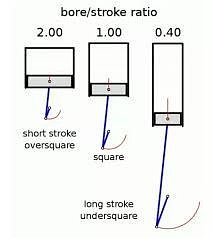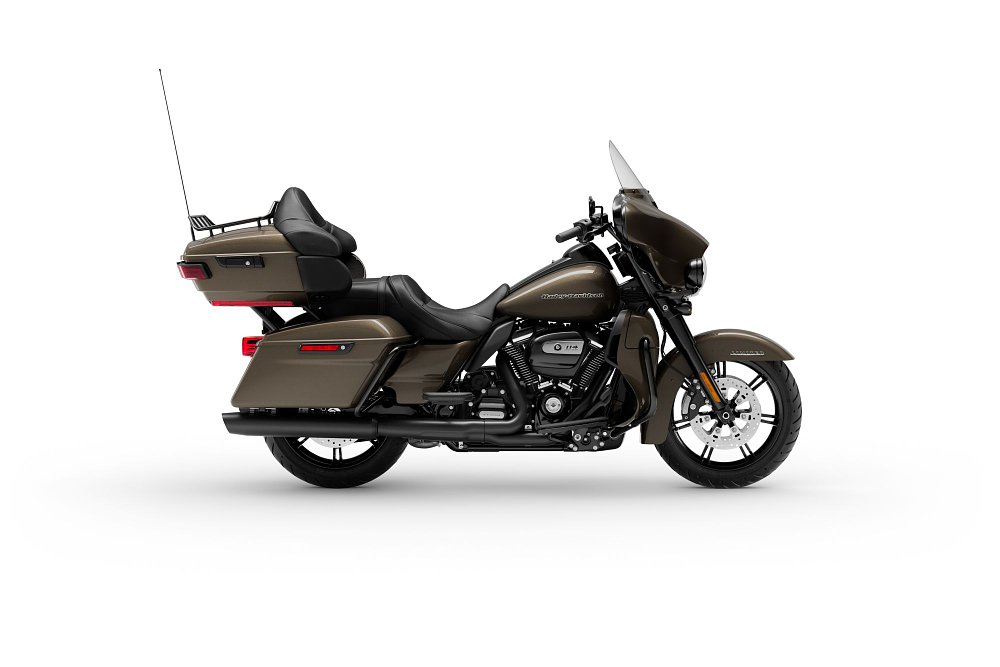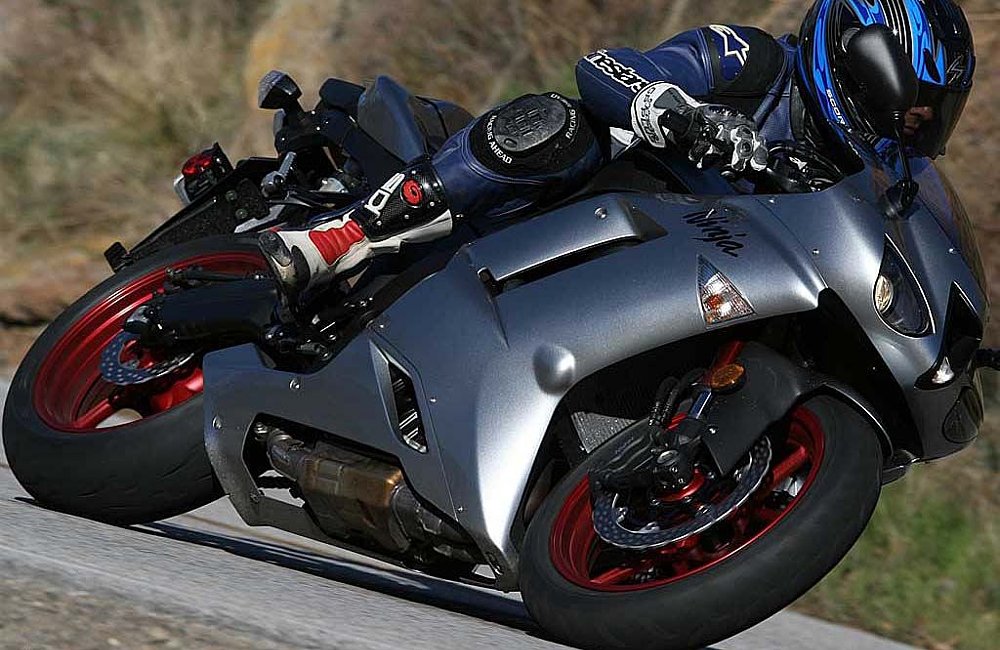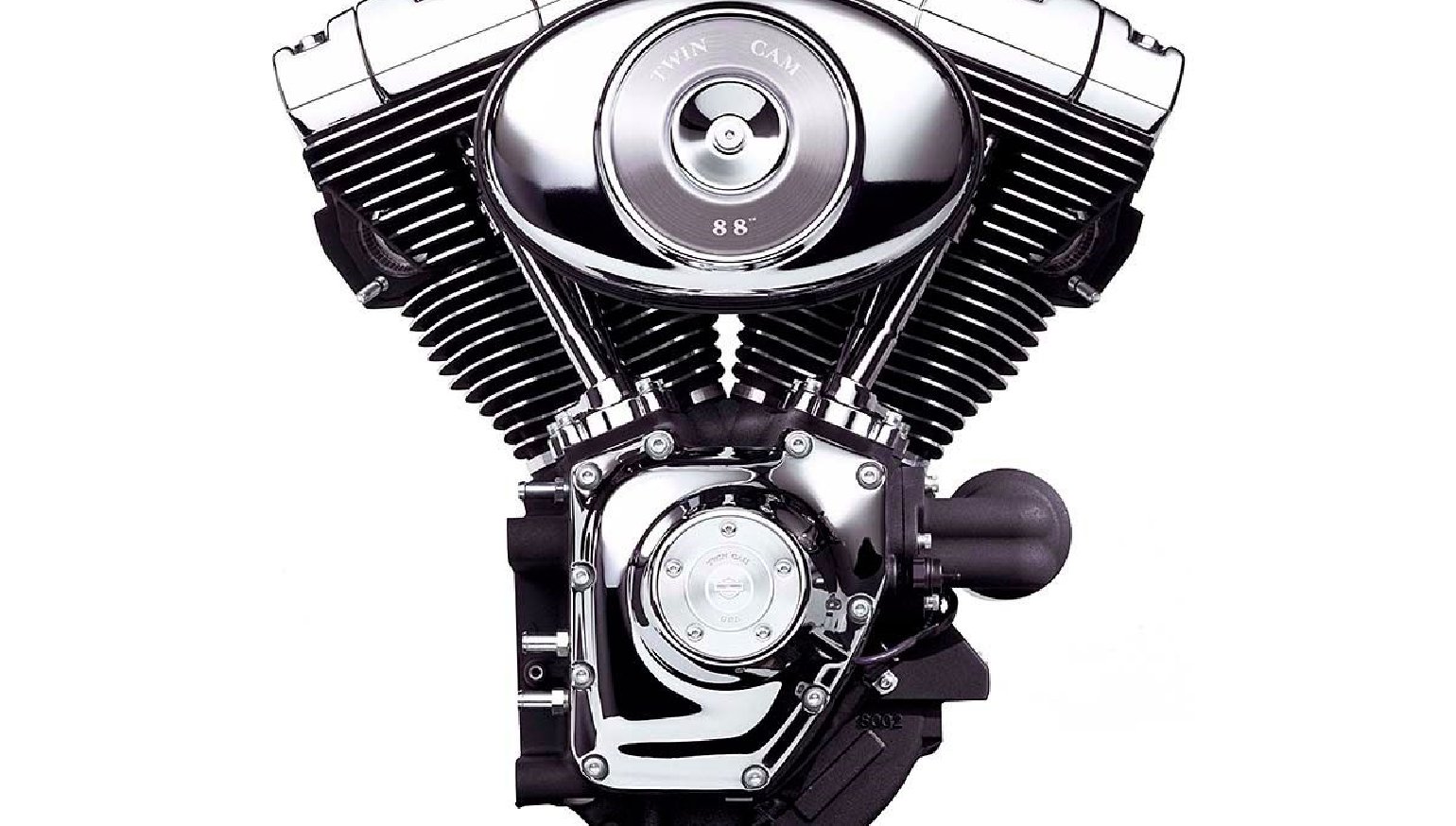You may see a motorcycle engine described as “oversquare” or “undersquare,” but what do those terms actually mean? Why should you care?

But what does that really mean for you as a rider? Well, that’s a good question. The bore-stroke relationship has a lot to do with the intended use of the engine and the character of the power it delivers.
In the automotive engineering world they refer to it as Stroke/Bore, while in the motorcycle engineering world they define it as Bore/Stroke. The square engine has a bore-to-stroke ratio that is equal meaning a 1:1 ratio, or “square.” Most square engines are used in fuel-efficient small cars, not so much in motorcycles, so we won’t be discussing them.
In general, an undersquare engine makes peak torque at low RPM. For example, pulling heavy loads like a fully loaded H-D Ultra Classic with rider and passenger on a cross-country run would need that low-end torque to get the bike rolling from a dead stop.

However, if you wanted high-end torque you would want an oversquare engine that would have peak torque at high RPM. Racing engines want more power at high RPM for maximum speed.
Since torque is directly proportional to the radius of the crankshaft, a longer stroke will give you more torque since the radius of the crankshaft is also longer and considering the radius of the crankshaft is equal to half of the stroke length. Simply put, the longer the radius of the crankshaft, the more leverage the piston, via the connecting rod, can apply to the crankshaft on each power stroke. (4 stroke engines have an Intake, Compression, Power, and Exhaust stroke, hence the term four-stroke)
Let us take a brief look at each of the two types of engines and the benefits of each.
Oversquare or short-stroke engine
The oversquare engine will have a bore diameter greater than the length of the stroke that would be generally be expressed as a ratio of bore/stroke. As an example let’s take an engine that has a bore of 2.44 and a stroke of 1.93 (like that used in the Kawasaki Ninja 300). That would give it a ratio of 1.264 to 1 (1.264:1), meaning that the bore of 2.44” is 1.264 times the stroke of 1.93” making the Bore > Stroke or Short Stroke.
Referring back to Figure 1 we notice that since the stroke is shorter for an oversquare engine that also means that the “throw” or diameter of the crankshaft is also shorter which means the engine can develop higher rpm without risking catastrophic failure (in the words of one of my brothers “It done went an’ blowed right up….KABOOM!!!).
Another advantage of the oversquare engine is that since the diameter of the cylinder is larger, that leaves room for larger valves which in turn gives the engine less power lost in sucking in the new fuel mixture on the Intake Stroke and pushing out the burnt exhaust gasses on the Exhaust Stroke.
Now, as most of you know, the Ninja is a sport bike that has a reputation of being PDQ (pretty darn quick). The engine on the Ninja is designed for a high RPM, meaning that it will develop its peak torque at 10,000 rpm which is pretty high for a street-legal motorcycle. This engine is designed for speed and it has done its engineers proud.

Undersquare or long-stroke engine
The undersquare engine will have a bore diameter that is less than the length of its stroke. As an example, let’s take an engine that has a bore of 3.914 and a stroke of 4.000 like that used in the 2008 H-D Ultra Classic with a 96ci Twin Cam 88. That would give it a ratio of 0.978 to 1 or 0.978:1, meaning that the bore of 3.914” is 0.978 times the stroke of 4.000” making the Bore < Stroke or Long Stroke.
The undersquare engine is a lower RPM engine like a Twin Cam 96 that typically reaches peak torque at about 3,500 rpm vs the 10,000 of the Ninja. One of the reasons for the lower RPM is it can’t spin as fast due to the reciprocating mass. The increased length of the connecting rods and the radius of the crankshaft has a lot more metal to move per-stroke and that means a lot lower “redline” (about 6,200 for the TC96) for the engine which is the RPM where it could suffer a catastrophic failure (again, in the words of one of my brothers “It done went an’ blowed right up….KABOOM!!!).
There is a lot more to discuss on this subject, but this is blog and not “War and Peace” so we’ll see if the powers that be want me to do a Part 2.








